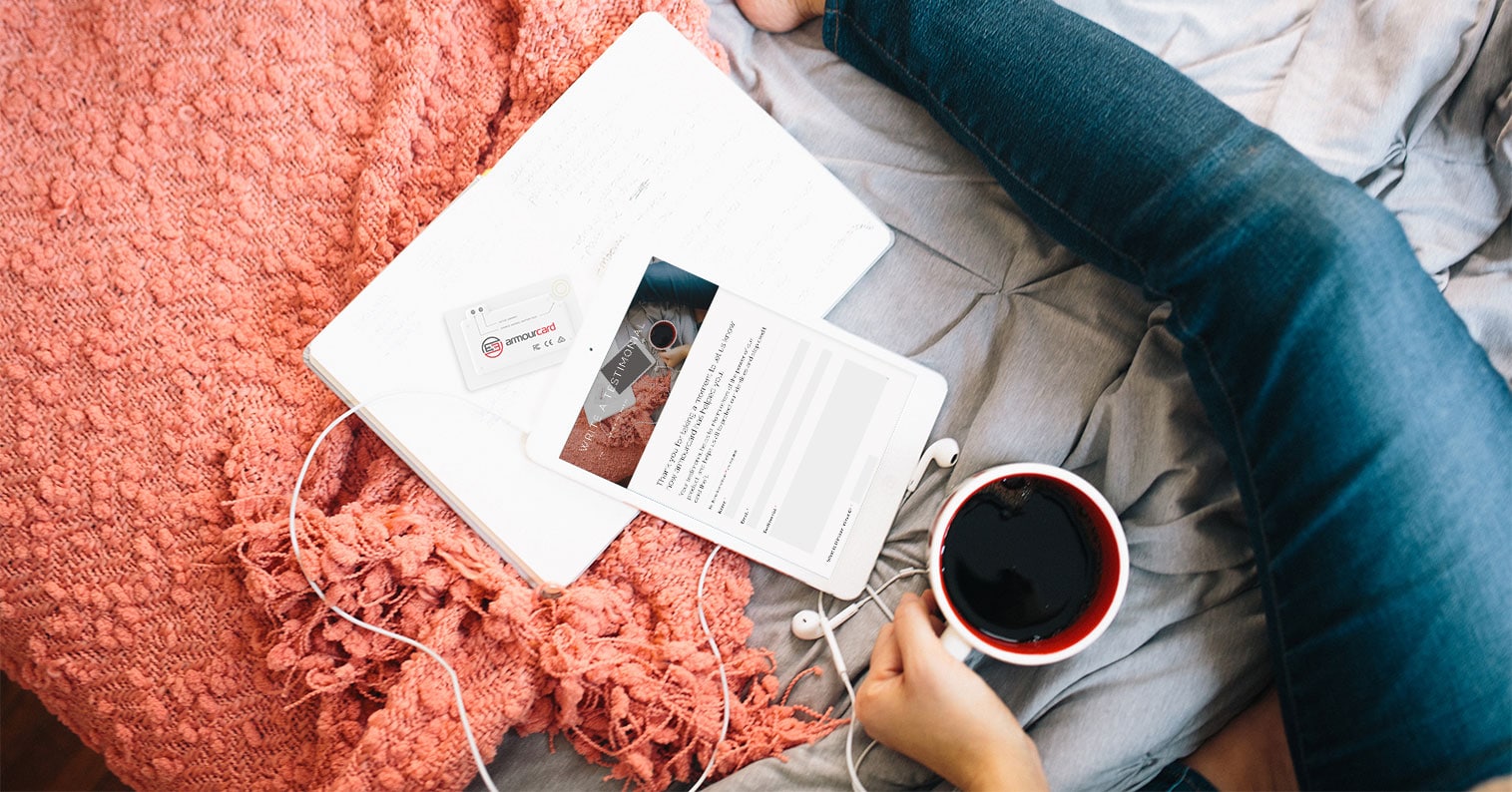There are a number of types of RFID protective products on the market and so many are basically the same just branded differently. This product comparison may assist you to understand the level of protection you may want to invest in.
Most products offer passive protection like attempting to shield or blocking RFID signals. Unfortunately these products can still often be penetrated if an RFID reader’s power is dialed up (easy to do with instructions on the internet and a $100 RFID reader from eBay) or if the readers antenna strength is boosted (again easy to do with instructions on internet). At most, these passive shielding or blocking devices can claim to limit the distance at which you can get skimmed, however the reality is that you could still be skimmed through them.
Active jamming protection which armourcard offers is completely different. We developed armourcard and our patented active jamming technology because we personally were not satisfied with the level of protection passive blocking or shielding devices offered.
Powered Active Protection is smart active jamming technology that detects readers, and electronically jams the frequency that they use to communicate with credit cards & ePassports (13.56Mhz). Powered Active Protection is not a hopeful passive shield, it is an FCC Certified proactive defence system that combats a criminal attack.

